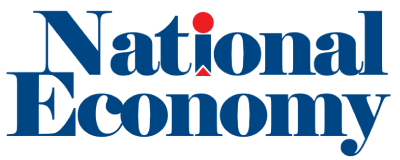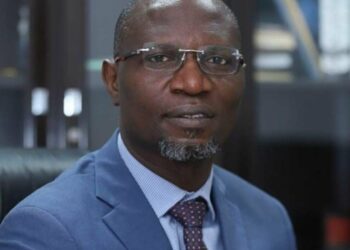Nigeria’s pension fund industry extended its growth trajectory in June 2025, with total assets under management reaching ₦24.63 trillion. This marks a 2.17 per cent increase from ₦24.11 trillion in May and a strong 20.24 per cent rise year-on-year, according to data released by the National Pension Commission (PenCom).
The growth is attributed to sustained investor confidence, strategic portfolio adjustments, and improved market performance, especially in domestic equities and government securities.
Domestic ordinary shares surged by ₦333.05 billion, representing a 12.12 per cent month-on-month jump to ₦3.08 trillion. This accounts for 12.5 per cent of total assets and reflects bullish sentiments on the Nigerian Exchange (NGX), supported by strong corporate earnings and increased risk appetite among Pension Fund Administrators (PFAs).
Foreign equities posted a marginal gain of 0.95 per cent, rising to ₦292.78 billion, showing cautious optimism amid global macroeconomic uncertainties.
Government securities remained the backbone of the portfolio, growing by ₦232.96 billion or 1.56 per cent to ₦15.19 trillion, and accounting for over 61 per cent of total pension assets. FGN Bonds (Held-to-Maturity) led the charge, rising 0.91 per cent to ₦12.79 trillion, and representing 51.9 per cent of the total asset base.
Treasury Bills rose 3.24 per cent to ₦624.15 billion. Green Bonds soared 361.15 per cent to ₦10.71 billion, while Sukuk Bonds increased 3.21 per cent to ₦89.64 billion. Agency Bonds, however, declined by 5.50 per cent.
Corporate debt securities declined by 1.26 per cent to ₦2.26 trillion, with subcategories such as Corporate Bonds (HTM), Corporate Infrastructure Bonds, and Corporate Bonds (AFS) all recording negative returns.
Money market instruments dropped by 3.16 per cent to ₦2.24 trillion, reflecting a reallocation to higher-yielding investments. Fixed deposits fell 7.10 per cent, while Commercial Papers rose sharply by 32.98 per cent to ₦342.65 billion. Foreign money market instruments plunged 24.69 per cent.
PFAs maintained a cautious approach to alternative assets. Mutual Funds dipped 0.10 per cent to ₦183.82 billion. Open/Close-End funds declined 1.83 per cent, while Real Estate assets fell 6.83 per cent to ₦255.94 billion.
Infrastructure Funds rose 5.62 per cent, showing increasing appetite for long-term development assets. REITs gained 2.23 per cent, and Supra-national Bonds inched up by 0.09 per cent. Cash and other assets rose 21.35 per cent to ₦394.18 billion.
Fund II, which serves active contributors, grew by 2.57 per cent to ₦10.3 trillion, accounting for over 41 per cent of total assets. Fund III, targeted at older contributors, increased by 1.17 per cent to ₦6.4 trillion.
Fund I and Fund IV also saw moderate growth of 3.21 per cent and 2.14 per cent respectively. Micro pension funds (Fund V and VI) expanded by 3.86 per cent and 2.90 per cent.
Existing schemes and CPFAs contributed 12.08 per cent and 10.7 per cent to total assets, reinforcing growth across institutional portfolios.
RSA membership rose marginally to 10.80 million in June from 10.76 million in May, and by 4.01 per cent year-on-year. This reflects ongoing enrolment into the Contributory Pension Scheme despite prevailing economic headwinds.
With assets nearing the ₦25 trillion mark, Nigeria’s pension fund industry continues to show resilience, driven by prudent diversification and strategic asset allocation. Yet, the decline in corporate and money market instruments highlights a cautious stance as PFAs navigate inflation, interest rate shifts, and regulatory reforms in the second half of the year.





